Maintenance of Curiosity: OANA STĂNESCU
|Corri Spencer
Oana Stănescu, the Romanian-born, NYC-based architect with an inclination towards projects on grand scales. Corri Spencer sits down with her and gets her thoughts on teaching, hierarchies in the architecture world, and reclaiming the East River.

Corri Spencer: Could you describe your early childhood in Romania and how it has informed your practice today?
Oana Stănescu: I always thought it was my biggest weakness in many ways. But then I realized, after quite some time, it's something that I kind of have to be grateful for. Because it’s ultimately understanding that it's your own experiences that set you apart, that invariably inform your worldview and that is crucial when it comes to, let's say, cultural, creative and artistic endeavors. The whole point lies in one's own perspective, right? And in one's ability to express that perspective...
It took me some time to appreciate my upbringing because in retrospect, I do think there was a sense of freedom in the way we grew up and an awareness … of what was happening. In a sense, you don't really have any illusions when it comes to institutions or governments or hierarchy or any of that stuff – you don't have much faith in them. Everything was invariably so tied to politics that even though you were not allowed to talk about it, it's something you couldn’t escape.
CS: Did your time in Romania open your eyes to building for the public?
OS: I don't think about it in those literal terms. One can always go back and repaint a painting or retell the story. Retroactively, we re-rationalize whatever picture we want. I'm less inclined to because I feel it's always a kind of multiplicity of intersections. It's not to say that everyone who grew up at the same time as I did in Romania necessarily has an interest in public architecture. It’s a series of ingredients that got me to where I am today, most of which were completely accidental and out of my hands.
When you grow up in a specific environment, you take things for granted, you can think there's only that one worldview. That happens a lot in the US for example. The US tends to think of itself as the world itself. And in a way, it's beautiful to understand that that's not the case. Yes, there are things that tie us together, universally, but then there's also many that do the opposite, set us apart.
CS: In an interview, Rem Koolhaas once credited his early experiences living and working outside of Europe as what dulled his romance with the Western ideal. I know it’s an abstract concept, but could you tell me what constitutes good design and what the important defining factors when starting a project are?
OS: It’s been something that I tried to grapple with, both in teaching as well as in collaborating. I don't expect or want to agree with the world around me. Meaning, I don't necessarily have a universal set of beliefs that I'm trying to corrupt young minds towards.
I'm not trying to convince anyone of anything — maybe I should. But I know the things that speak to me. Usually, I refuse to articulate them in certain ways, partially because I feel I don't need to articulate them to anyone but myself. When it [design] speaks to you it speaks to you.


It’s a tough question, because it's always on a case-by-case basis. I have a hard time with things or that are blatantly self-indulgent, or lack a sense of humor, or are too self-serious. For each I list out, I can probably find the counter-narrative or the counterargument too.
There’s a roundabout way that we all go through as architects, like, you start believing in it, and then you become really kind of lacking any hope for the field. And then you come back to hopefully re-conquering that purpose, and I do think it can truly make a difference. The most exciting thing is really the mind game. In essence, I find that the arts, design or whatever, are a way of making sense of the world around you and that's where things are exciting for me.
Yes, sometimes the thought process materializes itself in a building. But ultimately, working the muscles of thinking through design, and discovering something new is the same muscle that allows one to look at the world with certain eyes and to think of everything around you — relationships, people, society — through another prism, right? It's a way of looking at the world and questioning it. At its best, that's what it does. For me, it has less to do with the tangible. Again, I have no set of rules that says “a cantilever over three feet is better than no cantilever” or a pitch row versus flat roof or whatever, I don't really have a very strong aesthetic, I find the idea terrifying actually. I'm very open from that perspective, much more happy to play the field.
CS: As an educator, are you not concerned with schools of thought as much as you are with training the muscle of vision or understanding?
OS: Well, I come from practice, I'm not an academic. I enjoy teaching, but I always think of students essentially as peers and we are all in it together trying to figure some stuff out. I'm always the least intelligent person in the room, I can swear to that. And the reason I say I come out of practice is, in essence, I feel my role there is to be able to create the right environment, to set the table and enable everyone to explore things on their own. To take their first steps or to learn to run or whatever.
So, it's less about being prescriptive here. It’s not about trying to convince anyone of the way I look at the world or although I'm sure some of that is happening in those exchanges but if anything, I equally expect to be challenged and am constantly challenged. It's always this kind of two-way street. My role is there to help someone find their own voice — make that room for them to experiment, to fail, to not be afraid.
I think a lot of it has to do with doing, especially over the years, you really get to see that. In your 20s everyone has lots of ideas, by the time you get to your mid-30s, you really start to appreciate people who made something out of the ideas, because it's easy to have ideas. There's no shortage of ideas on this planet, but it really has to do with how you can bring them to fruition.

Oftentimes, this works more fruitfully in parallel to other types of curriculums. There's different things that one needs to learn. I'm always intrigued or interested in the contrast between different approaches, because that's how you learn most about yourself. If you only ever have access to one type of curriculum or one type of education o you might start to believe it’s the only way to do things. Contrast tends to be healthy. But I see myself more as an instigator more than anything else, right?
You're being thrown interesting problems and you're all kind of sitting together and trying to see, okay, how can we figure this out?
CS: Many of your projects are self-initiated. How is something like this accomplished?
OS: I don't know. For example, we're about to start construction on my thesis project in Romania which was something I didn't even dream would become real at the time. Even now, we have funding from the European Union. It's kind of insane if you think about it because, I never would have hoped or dreamed that any of it was possible. I think there's an audacity that can come with youth, where one doesn't know too much which allows more freedom. And with time, the more you understand the challenges or the obstacles that lie sometimes in the face of such projects, the less likely you are to do them.
Culturally, as architects, we're typically trained to respond to something. Yes, you interpret what is being asked of you but quite often that's why you see so much shit around you. People are taking the brief and then “here's the result”, the projects are all like a mathematical equation. But the whole art of architecture lies in how you read that brief and how you reflect it back — how you interpret or misinterpret the language that was given to you and how you're able to then translate all of that into something spatial. It's fun, or rather important at times to do things where one isn't asking anything of you, it's a lot more jarring and a lot harder because you're invariably coming from a more personal place. And that’s why I am drawn to artists because that’s what they do, they invent their work all the time.
CS: How do you maintain your agency as an architect without handing over the keys?
OS: It’s the opposite, the clients have the keys by hiring you right? That's how that happens. The keyholders to projects, to the cities that we live in don't always have the manpower or the ability to design or imagine how certain things could or should be. In the case of administrations, maybe it would be their role but it's rare that they can do so. So, whether they’re cities or clients, it's not their job to envision things, but it is their job to understand that limitation. And it is your job as the architect to show things that go beyond what they can imagine.
And to me, the most exciting thing in working, especially with non-architects, is when you show a space, or a side of a project that the client couldn't expect. Quite often people come to you and say “Oh, I want a house or a store, I want this and I kind of want it to be this way.” I feel it's your job to then offer something more than that, and add another dimension, another possibility to the space. That’s the most exciting thing for me, any sort of exchange is when you show to someone what space can truly do. And it shifts their worldview slightly. It happens for me the other way around too, when I learn about how shoes are being done, or how art or music or whatever is being done.
That exchange happens both ways. It depends on the project, like in a house, you're doing something for someone else. So, you do need to have that exchange, it's a constant sort of back and forth. In the case of the + POOL, or the project in Romania, it's very much about projects that wouldn't have existed otherwise. And in a way, you're putting them out in the world, if only to kind of nudge and to say, hey, well, why doesn't this exist? And what if it would exist?
There should be more of that.
CS: You founded Family New York with Dong-Ping Wong in 2008, around the time of the economic crash, and split in 2018. Do you see any parallels between then and now with the pandemic, where people are reevaluating needs and their relationship with structures that they occupy?
There are definitely parallels, although now a financial crisis seems like a toddler by comparison to the pandemic, it's like, “Oh, cute.” It was a hard time and my entire generation was influenced by it because basically no one around you was able to find jobs and it raised certain red flags about how we live our lives, and the choices that were being made that got us there in the first place. This shift right now though, I find to be more dramatic because the generational gap is more extreme. So, this moment in time is seemingly on steroids in terms of its magnitude for the outcome of coming generations. I say coming generations because I think if anything, the people who are going to be able to hopefully make something of this are the people who are still in school, who realize that there are no adults in the room and that no one has their pants on.
And it's a lesson that the sooner you have it the better, right? Because that automatically puts the agency back onto you. It's like, “Well, if no one knows what they're doing, then maybe we should at least try to figure it out?” In that sense, I am hopeful and optimistic. For me, the pandemic, like most other difficult moments or challenges, makes you want to double down and push the gas pedal. Not necessarily in the sense of doing more but pushing the pedal towards where one wants to go or things they are interested in pursuing. I feel it gives you more courage, right? It’s moments like this in which people ultimately either retreat and play it safe or try to take advantage of the moment and experiment. But really, what’s the point in playing it safe when life is revealed to be so frail to begin with?
I think it's a wildly exciting moment to, you know, to be alive, and to deal with this moment of change. One has a choice to be part of change or not. And of course, change will happen regardless of you being ready for it and it can go either way. This sort of shaking the cultural foundation means it's a really difficult time. There's a lot of pain, I don't think this has been an easy year for anyone. But ultimately, moments like this set us on an important path.


CS: What does it mean to practice architecture today?
OS: I don't necessarily know what it means to be a practicing architect today because the range of what architects do or how they work is infinite. It ranges from a few people in an office to corporate mega-structures that build the world around us. It is such a vast dimension, and that's exciting. Again, the contrast between the different ways in which people work and what they build is huge. The problem is architecture, and you're going to hear that repeatedly, is that architecture depends on power and tends to be power adjacent or quite often subservient to it.
So oftentimes I think of the 60s and 70s, and Rem [Koolhaas]. His entire generation were so vocal in their early years but that all changed with time. I keep wondering if this is something similar that's going to happen to my generation too, if one becomes quieter or more conservative with time. I hope not. I think one has maybe less excuses to claim ignorance — less excuses to claim they don't see or understand what they're doing and the consequences of their choices.
CS: Going back to your time at Family New York, were there a set of values that you adhered to?
OS: I don't want to romanticize or repaint a picture because one can do so. But all of this to say that, you know, we were young, and excited to do anything. We thought the name [Family] was funny and cool so then we kind of went with it. I've worked in many offices over the years and with time I have tried to be more intentional with the way I work.
My generation initially reacted strongly to the notion of the sole genius.Then everyone went into these quote unquote “collaborative practices”, which wasn't always going to work, right, or at least not without a true effort. Because there is a responsibility to the decision-making process. And there was a kind of naïveté about it, a generational thing to a certain degree but I know we've been trying to do a lot of unlearning.

We're all carrying that baggage, because everyone around you asks you “What kind of architect are you?”, “Can you draw?” or “Have you built this and that?” You’re constantly being held to the standards that you might not necessarily care for, if you were to think about it. You’re seeing yourself reflected — it's that reflection that becomes so jarring. But that’s when you understand what things you actually care for.
There is a way of working in collaborative manners where it doesn't matter so much where one begins or ends.I understand the gut reaction of asking, but what did they individually actually do? But why does it even matter? Why does it matter who had the idea or where it came from? If you have four people sitting at a table, chances are whatever someone is saying is in reaction to someone else's reaction to someone else's reaction to someone else. Again, I know on my end it took a lot of unlearning.
But once you're able to face that moment of discomfort with your own ego, it is in those moments where you learn the most both about yourself and the people around you. I try to dig in deeper and say, “Okay, that didn't feel right, why? Is it because my ego is having a field trip or is it something true that I want to understand better?” So, over the years it has been a lot of me trying to change the nature of how I work and putting more emphasis on the everyday process rather than just the product.
CS: I want to talk about your time with Virgil Abloh, because you touched on something important there when you said, “we’re a collaborative people and that you want to learn from what the last person did.” The two of you worked on three different storefronts on three separate continents. How would you describe your time working with Virgil on these projects?
OS: I think we did like 20 projects or something?
CS: Wow.
OS: There were many. I'm saying 20, it might be 15 but there were many. Not all were stores—a lot of pop-ups and installations or whatever.
CS: How would you describe that process?
OS: He was very open and very easygoing, kept his eye on the ball, you know? His eye on the ball meaning you keep things moving forward. It was truly fun. You know, when I say fun, I mean it—even when you push harder. It's all done with the same goal. It’s always in pursuit of not necessarily the new but the right thing to do, or the interesting thing. It's just about that, it's just about design.
So that's what made it fun, that’s what made it easy. Virgil understood the value of an idea or concept and that's why he was so good at putting that much stuff out.
He was also an incredibly open person, he saw people around him, he saw the world around him, he was a sponge that absorbed so much from everywhere. So, to have a conduit to multiple worlds like art or music and youth culture — for him to be able to mix these things and be unafraid and to keep doing things, that was special.



CS: You mentioned Virgil’s openness to an idea, specifically your ideas. Now, I want to address one of the elephants in the room, which is, as you know, the majority of architects here in the States are male, and of that, most are white males. So as a successful woman in the field of architecture today, have you had to confront that inherent bias?
OS: Yes, of course. Everything that sets you apart will invariably be held against you. But there are people from certain generations I knew and expected that bias from. It’s like, you go on site, and you meet the contractor and they're like, “Where's the architect?” You know they are trying to ignore you — just give them 24 hours or a week and hopefully not much longer until they come around and understand that yes, they have to listen to you. But of course, this sort of thing happens; it happens on-site, it happens in school, everywhere. Yes, it can be frustrating, but I tend to think that you're at an advantage when they don't see you coming. I also see it as being their problem, not mine, you know what I mean? It becomes an issue, if you start letting it reflect onto you, if you start believing it, then it becomes problematic. Otherwise, I see it as other people's limitation if they're unable to hear the voices of people around the table, if they're not able to really see outside of themselves — unable to hear anyone outside of their own voice. And understanding what that feels like makes you hopefully more self aware in not perpetuating it.
So yes, of course, it's frustrating, but at the same time, it's not your problem, and make sure it doesn't become your problem by believing it.

And then of course, within certain contexts you recognize you're just in the wrong room. I know that that is not satisfactory. I tend to think though fundamentally, there's only a handful of people that you're going to be able to fully resonate with in the full splendor of it all.
Those moments are precious, and those people are special. And that's also something you can’t expect from everyone. Yes, one should expect basic decency and the basic ability to be heard, to be seen, respected by everyone. There is also something beautiful when it comes to mentors, or peers— people who make a dent in us. There's only so many people you can expect to kind of hit you in certain ways.
CS: When dealing with that sort of adversity is it best to simply go where we are accepted?
OS: I hate giving advice because I feel one should never be trusting advice — It's a regurgitated version of nostalgia. All of this to say to your question, there isn't a singular way of moving through the world and dealing with adversity. So, one has to do whatever's best for oneself. One shouldn’t be led to believe that there's only one way of becoming an architect, only one way of doing things. And I realized that if I start looking at the people whose work I really admire, what set them apart was that you couldn't overlap their trajectories, they were no two the same, right?! Essentially, what that meant, was that they were able to then follow that path that seemed completely ludicrous. And then I have to ask myself, well, but am I able to do so? Can I trust my gut, can I move through the fear to do so? I find it’s not always easy to keep the outside world apart, the pressures at bay. It creeps under your skin if you’re not careful, so I have to constantly remember to take the trash out.
Quite often in the States I find, with the hierarchy of the school systems, and capitalism, and the competitive nature of everything, in spite of this abstract notion of freedom, the systems are suggesting the opposite. They set everyone up in a very narrow rat race. And you are led to believe there's only one way of studying architecture or being an architect and that's fundamentally untrue — not for anything. Not for music, not for arts, it is true for absolutely nothing, right? Because it’s less about excelling in your own way, but it’s always comparative. So, again in the face of adversity it's important to not let it reflect back to you, to not start believing other people's bullshit, it's their own problem, it's not yours. It’s hard.
Oftentimes, one has to take the things that speak to them. Take all the good that you find and leave the rest behind.

CS: The first time that I had interacted with any of your work, physically, was during the Yeezus tour, with the “holy mountain” you collaborated on. Watching Ye perform on that thing was almost biblical. What was the process going into that?
I don't think that anyone can or should truly explain what was to be conveyed during the show but Ye. You try to find ways in which space can manifest what the person is about or what the music is about. Ultimately though he was the main orchestrator of an incredible team, incredible artists and creators, the force behind everything, for sure.
CS: It seems you’ve had the privilege of having pretty good playmates, many people want to just take their ball and go home. Speaking of what can you tell me more about your work with Dong-Ping Wong on the + POOL?
It was sometime after the financial crisis, and I don't know how much hope or expectations we had—it evolved from an idea to a rendering to a team to a website to a community, all through the collaboration of four people: Dong-Ping Wong, Archie Lee Coates, Jeffrey Franklin and myself. The project grew rather organically. We're now in a great place with the city — we've been in conversation with them over the past year and a half and that's what we've been working towards over all these years. I can tell you it is not easy to do something that hasn't been done before. From a bureaucratic, regulatory perspective, it's always extremely difficult but we've been surrounded by an incredible board and amazing people who just poured their time into it.
The project wouldn't have been here today if it wasn't for people from the community, on the internet, who donated, the board, and people who are constantly like “Damn, that's a good idea.”
That happens, because it's visceral. + POOL is a project through which we learned a lot about what design can do or architecture can do. Because it shows you how people react viscerally to it in a rather direct way. One doesn't need to know much more, to rationally make sense of it, you can just feel it. That has been a nice learning curve for us. It's a project that we keep on learning from.


Credits
- Interview: Corri Spencer
Related Content
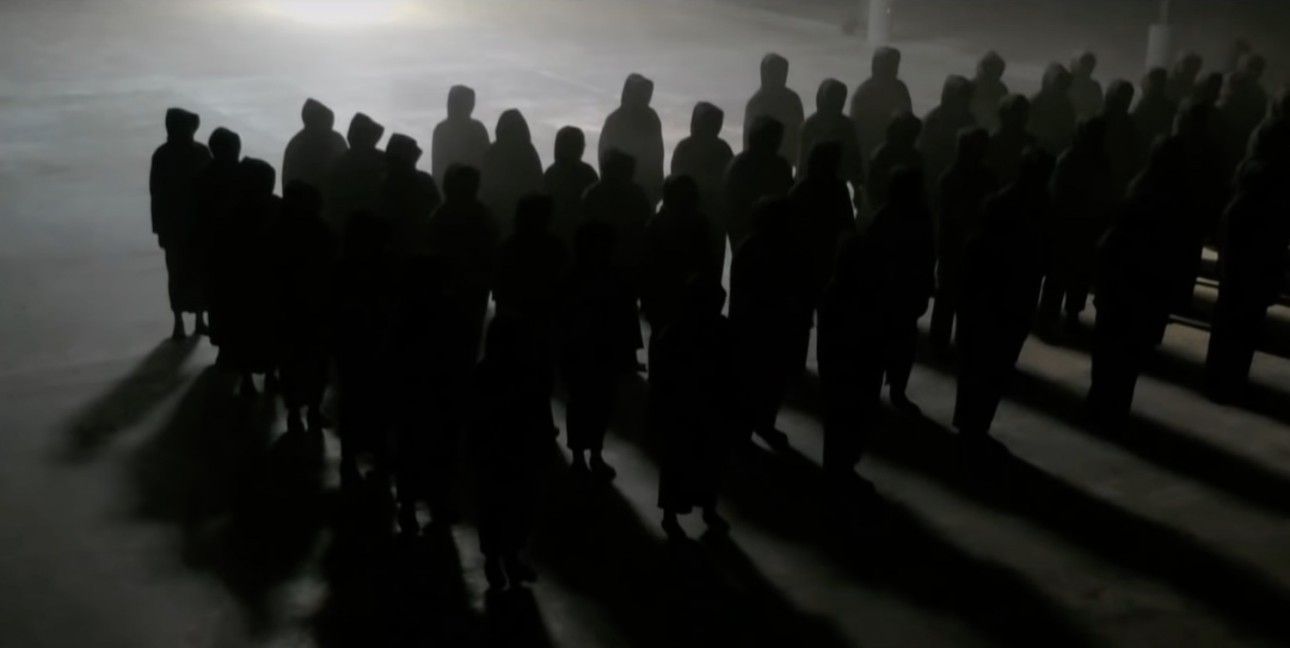
“I AM THE LEADER”: YE (KANYE WEST) in Conversation with TINO SEHGAL
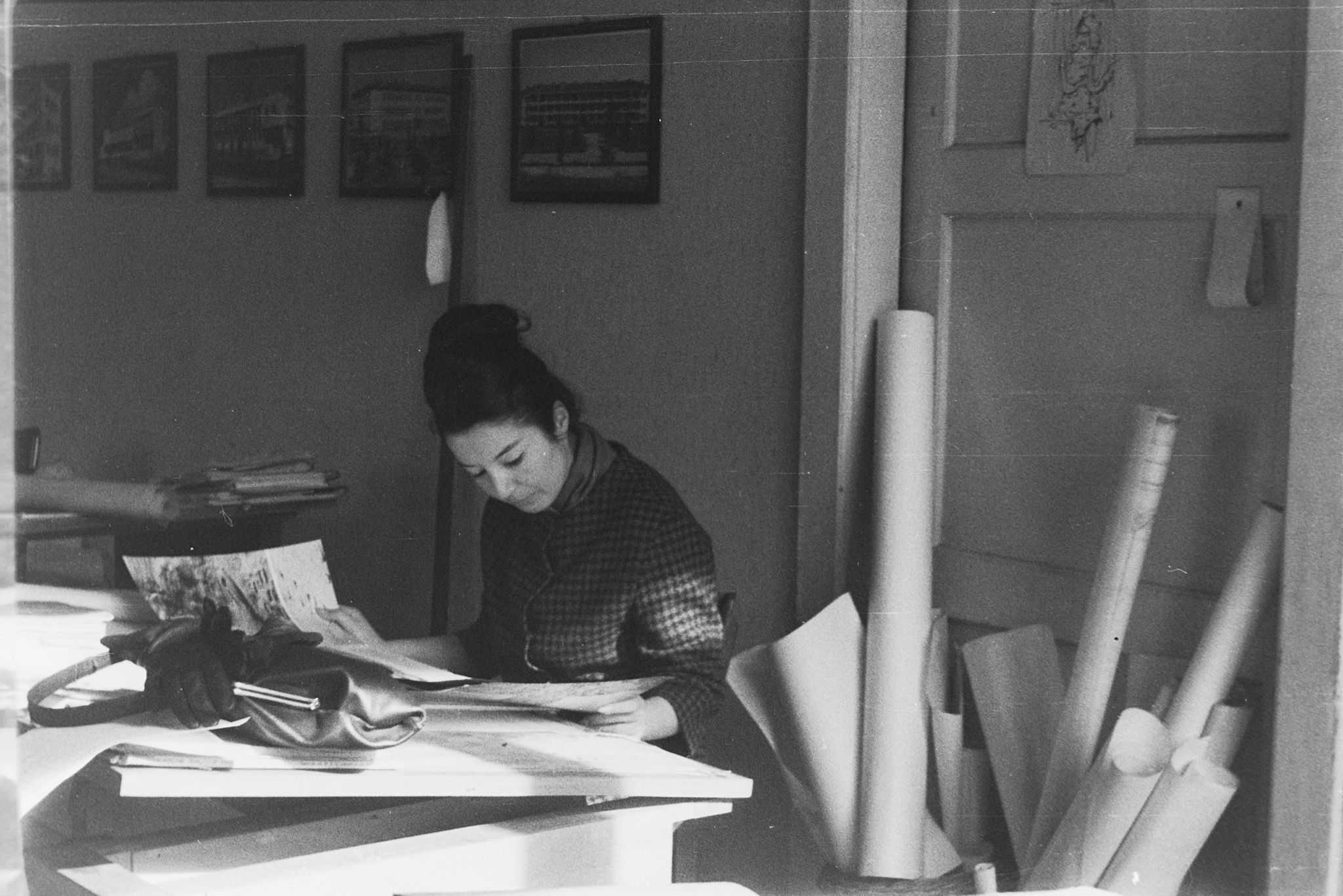
The Concrete Flowers of SVETLANA KANA RADEVIĆ

CALABASAS
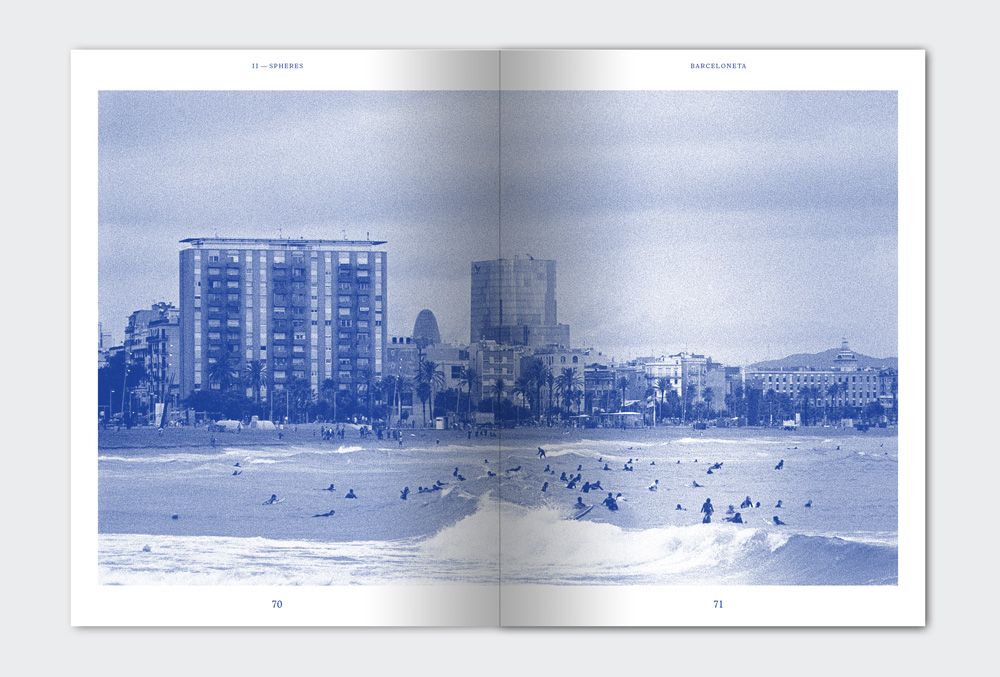
WATER PEOPLE: An Interview with New York Urban Surf Magazine WAX
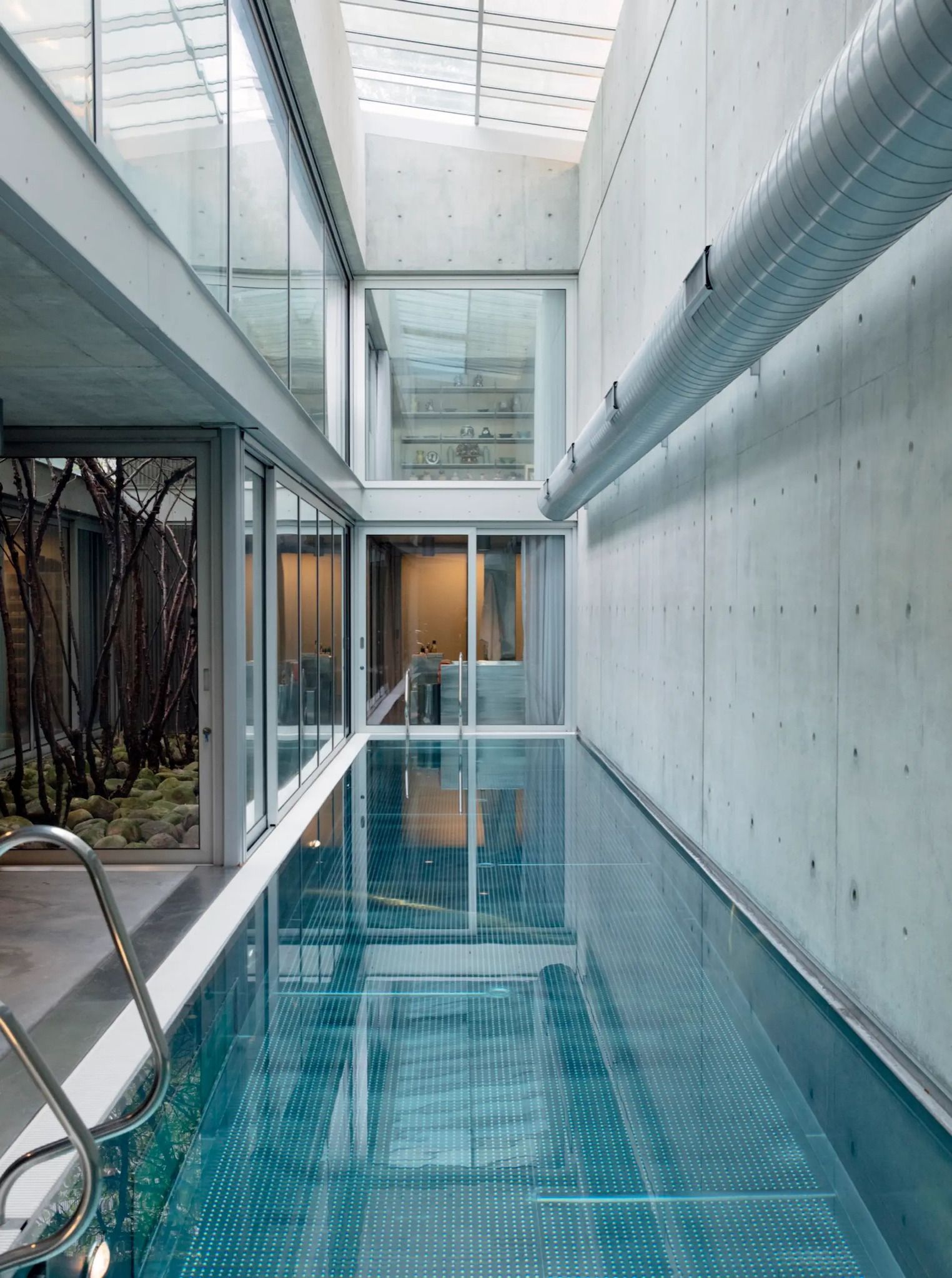
KIM JONES Interiors: A Room of One’s Own
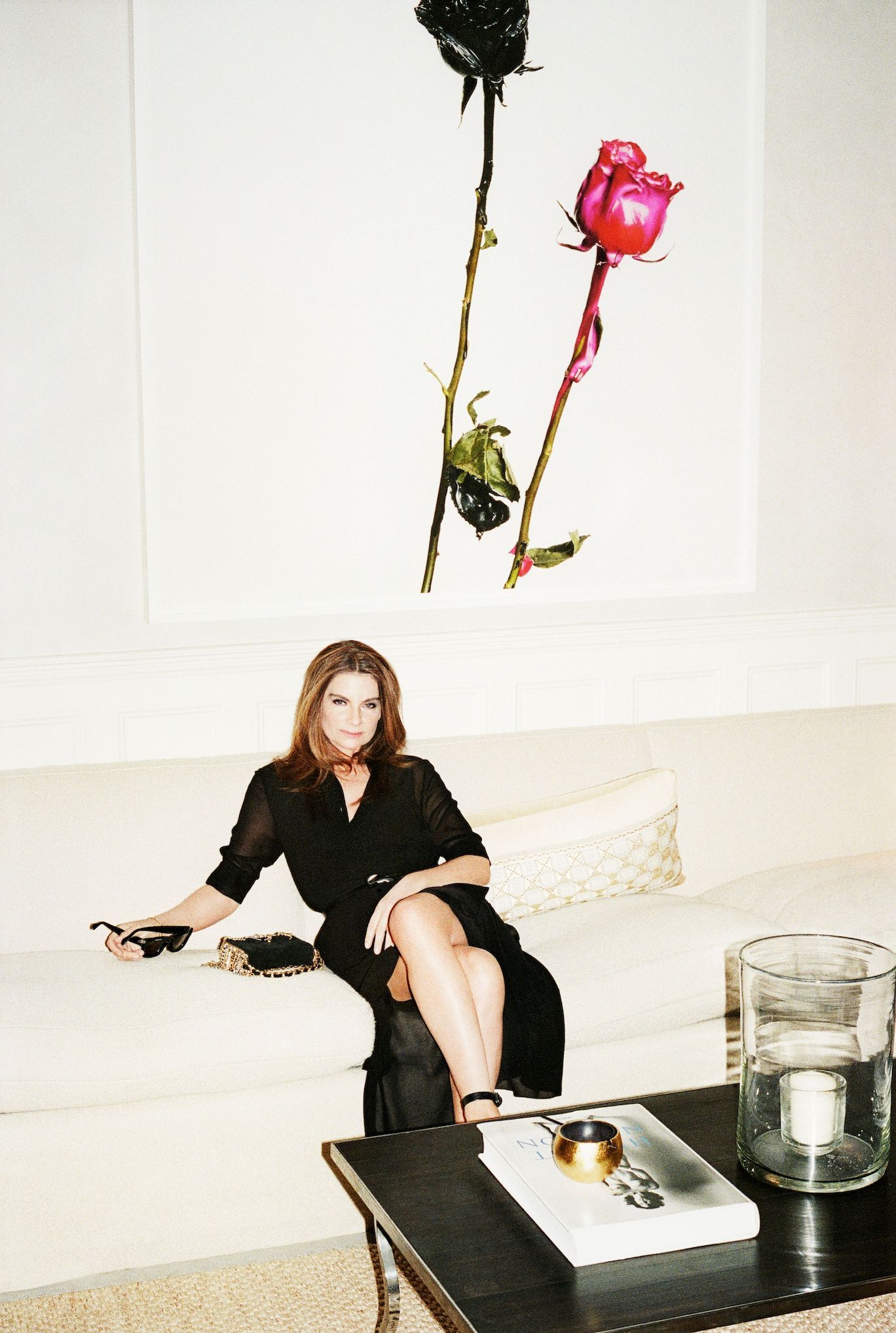
Net-A-Porter’s NATALIE MASSENET: “I wanted to call my website ‘What’s New, Pussycat?’”
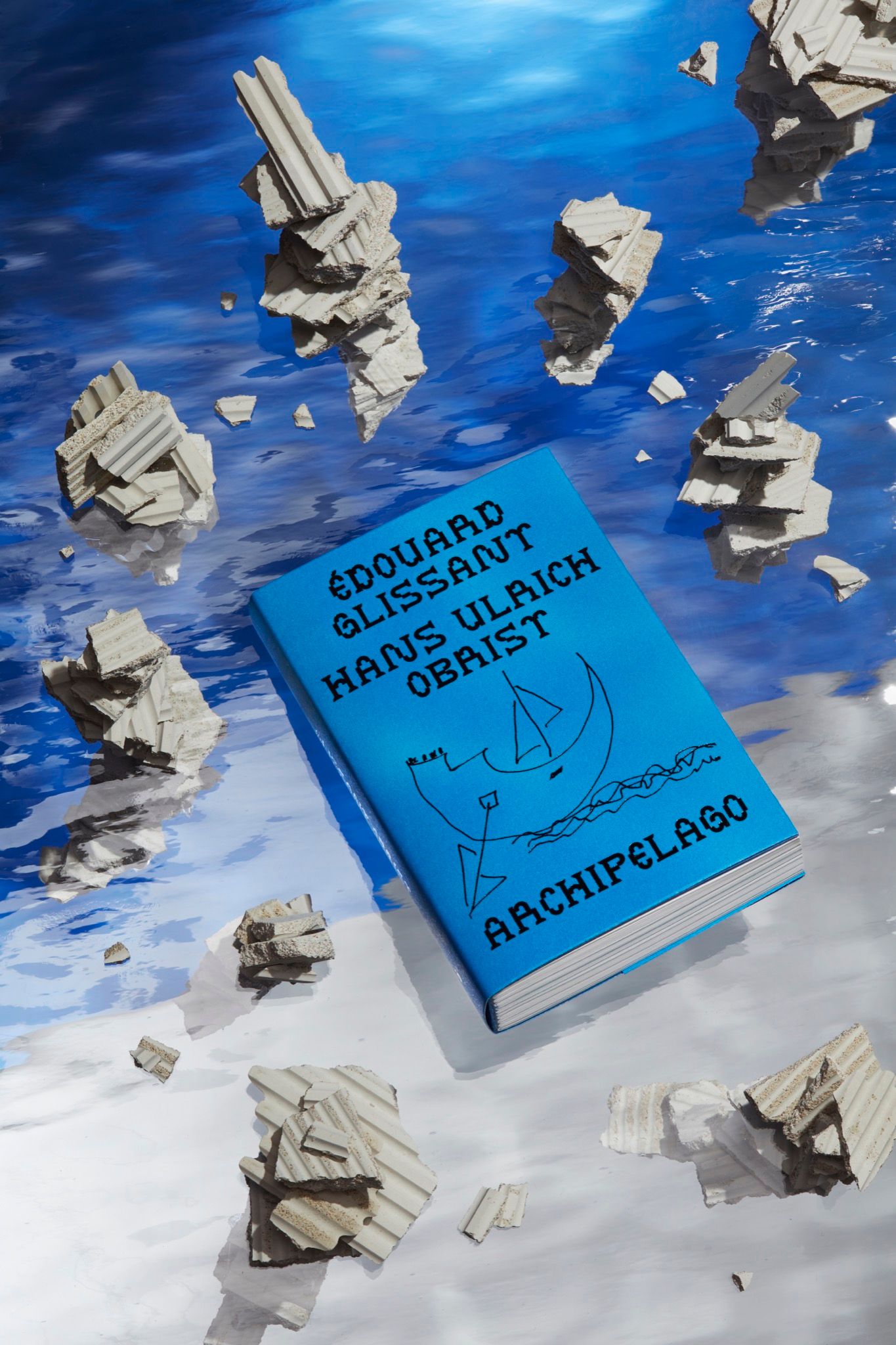
“The Earth is Trembling”: ÉDOUARD GLISSANT in conversation with HANS ULRICH OBRIST

VIRGIL ABLOH Plots Chicago’s Second Bauhaus
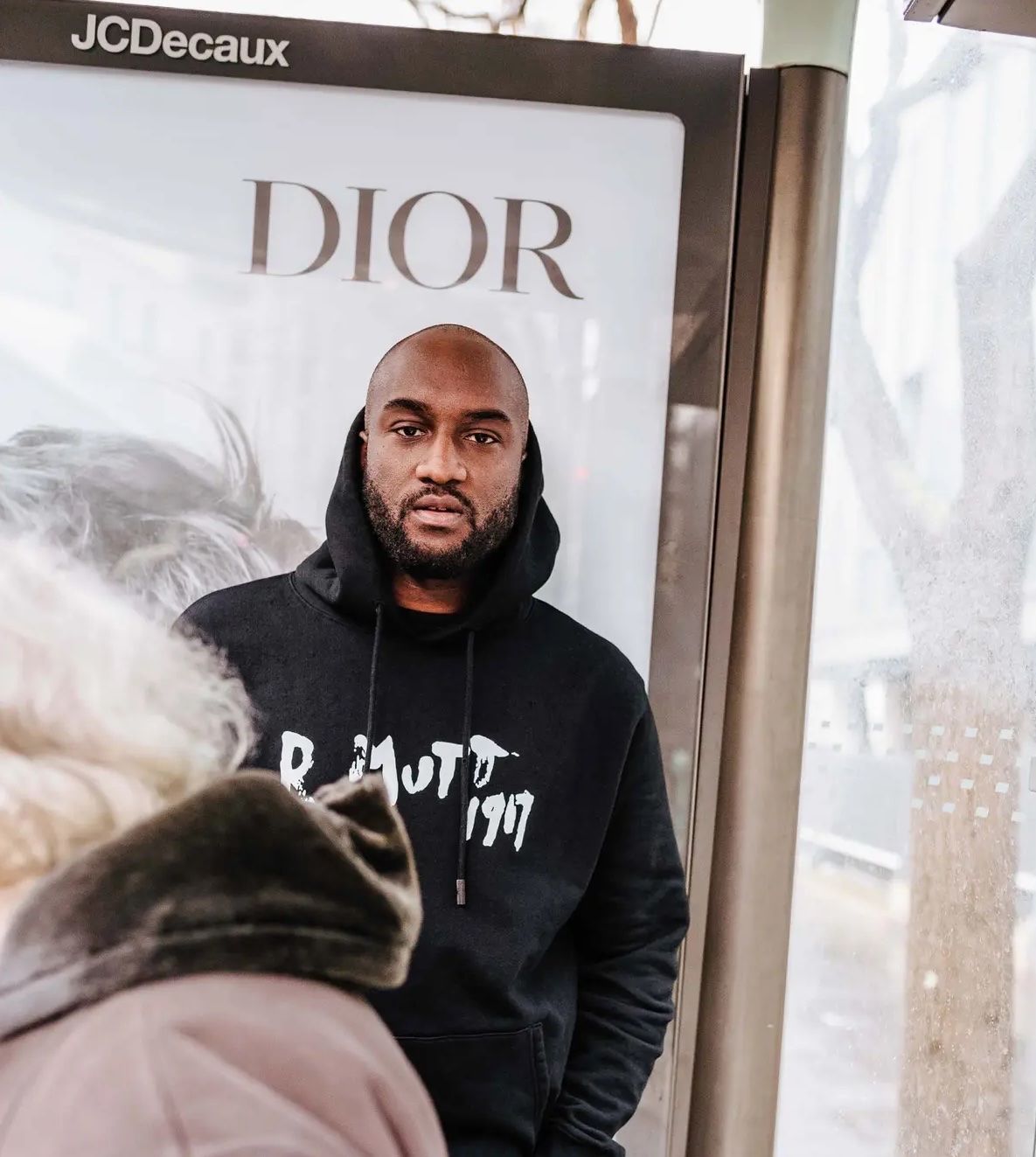
VIRGIL ABLOH: “Duchamp is my Lawyer”